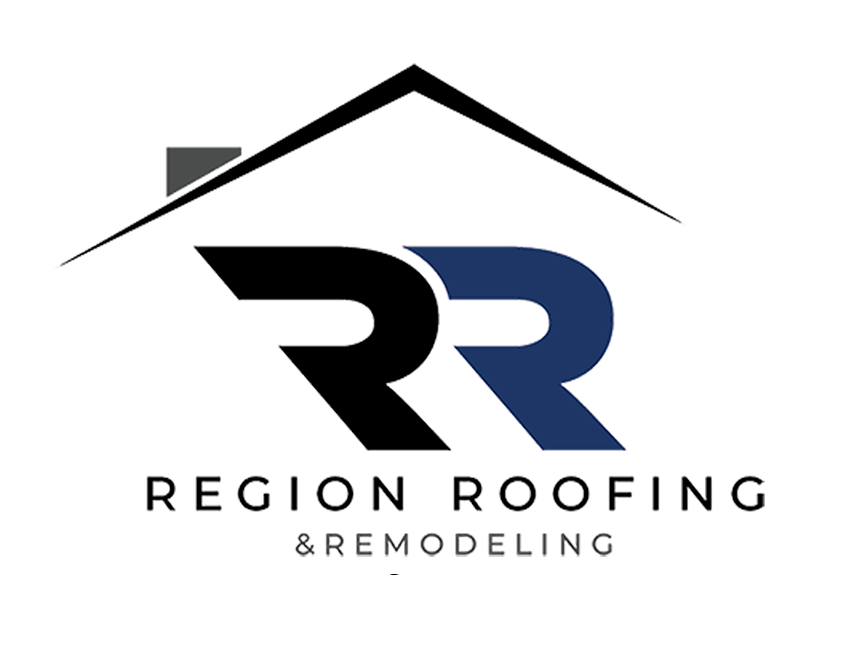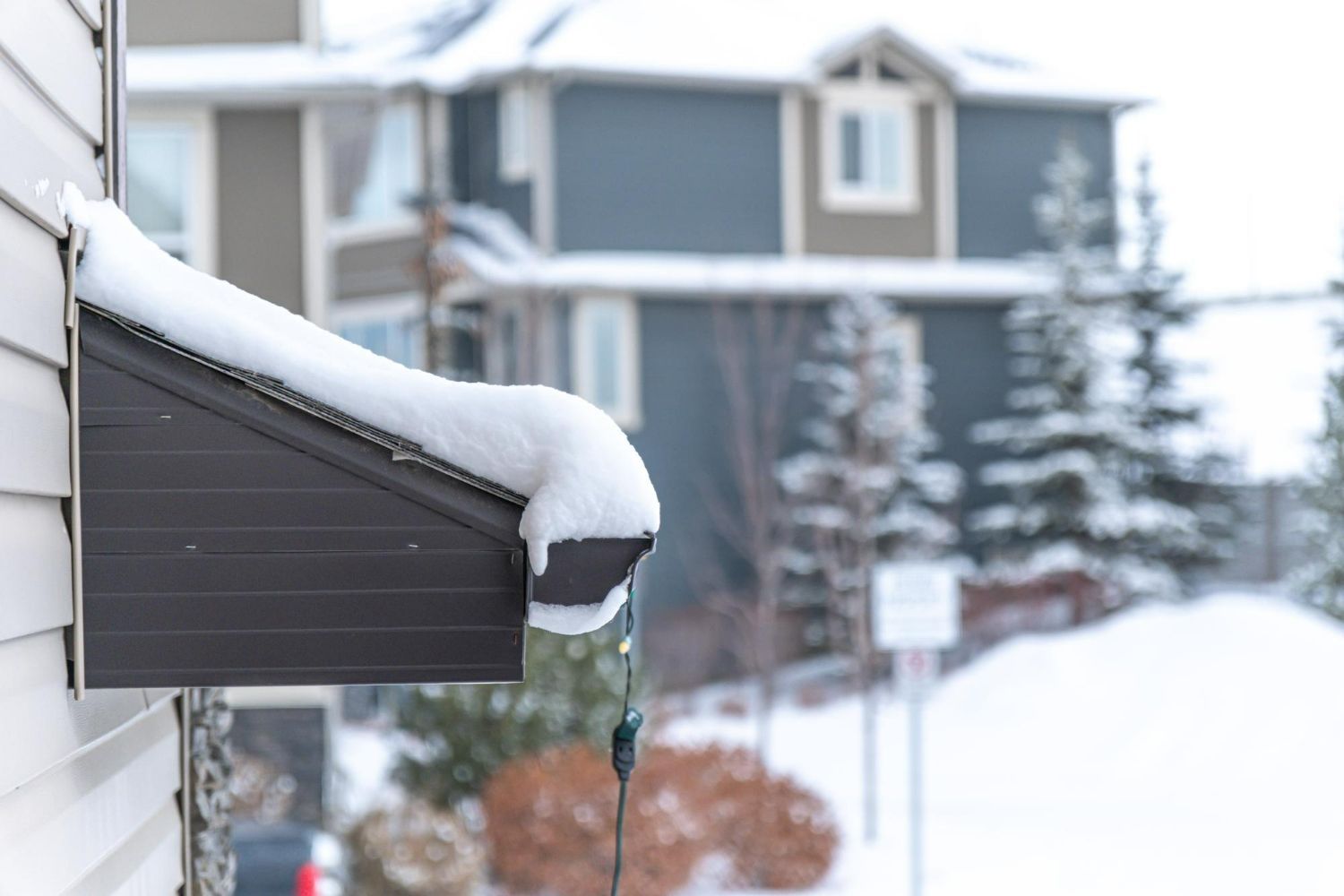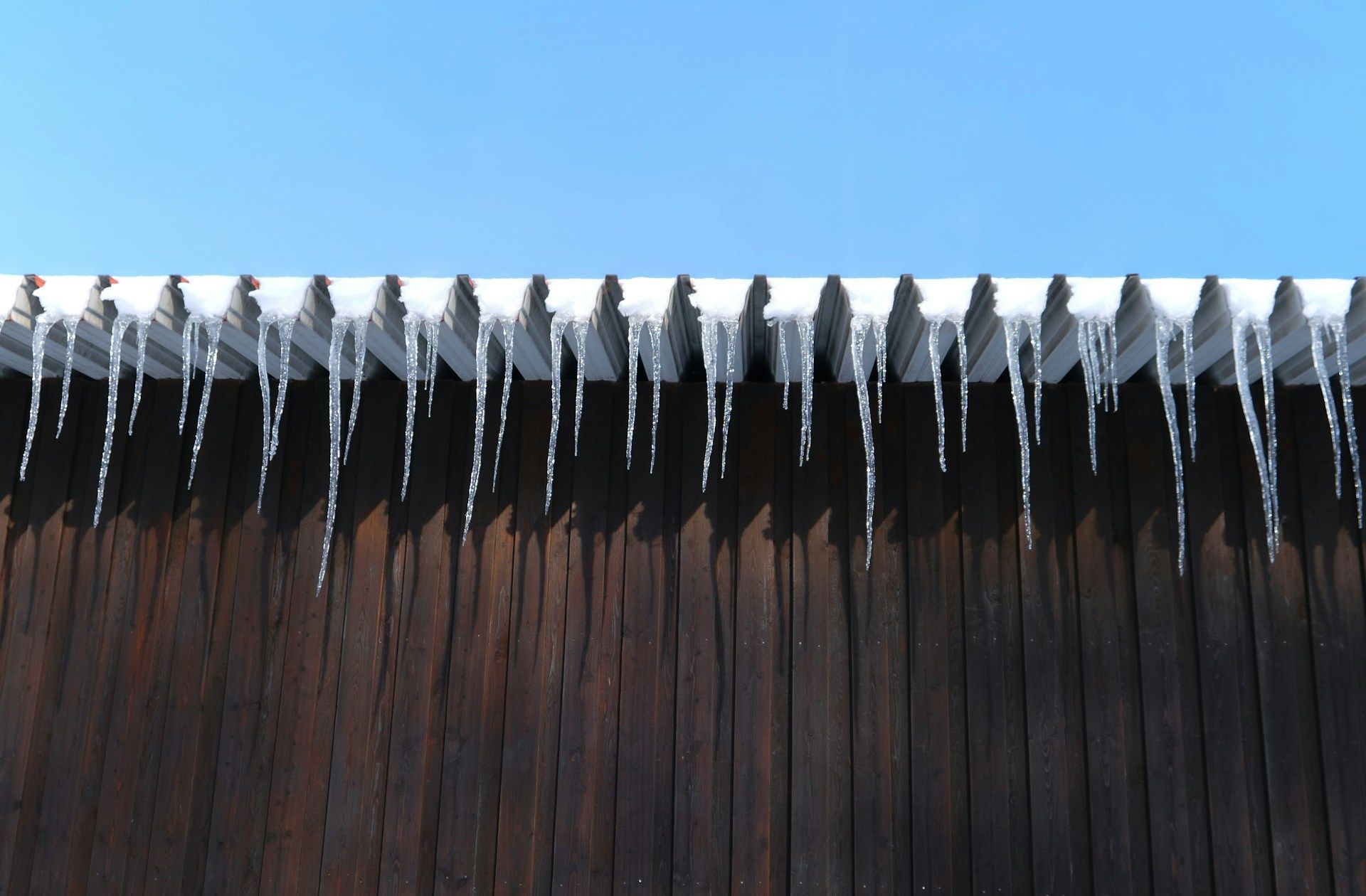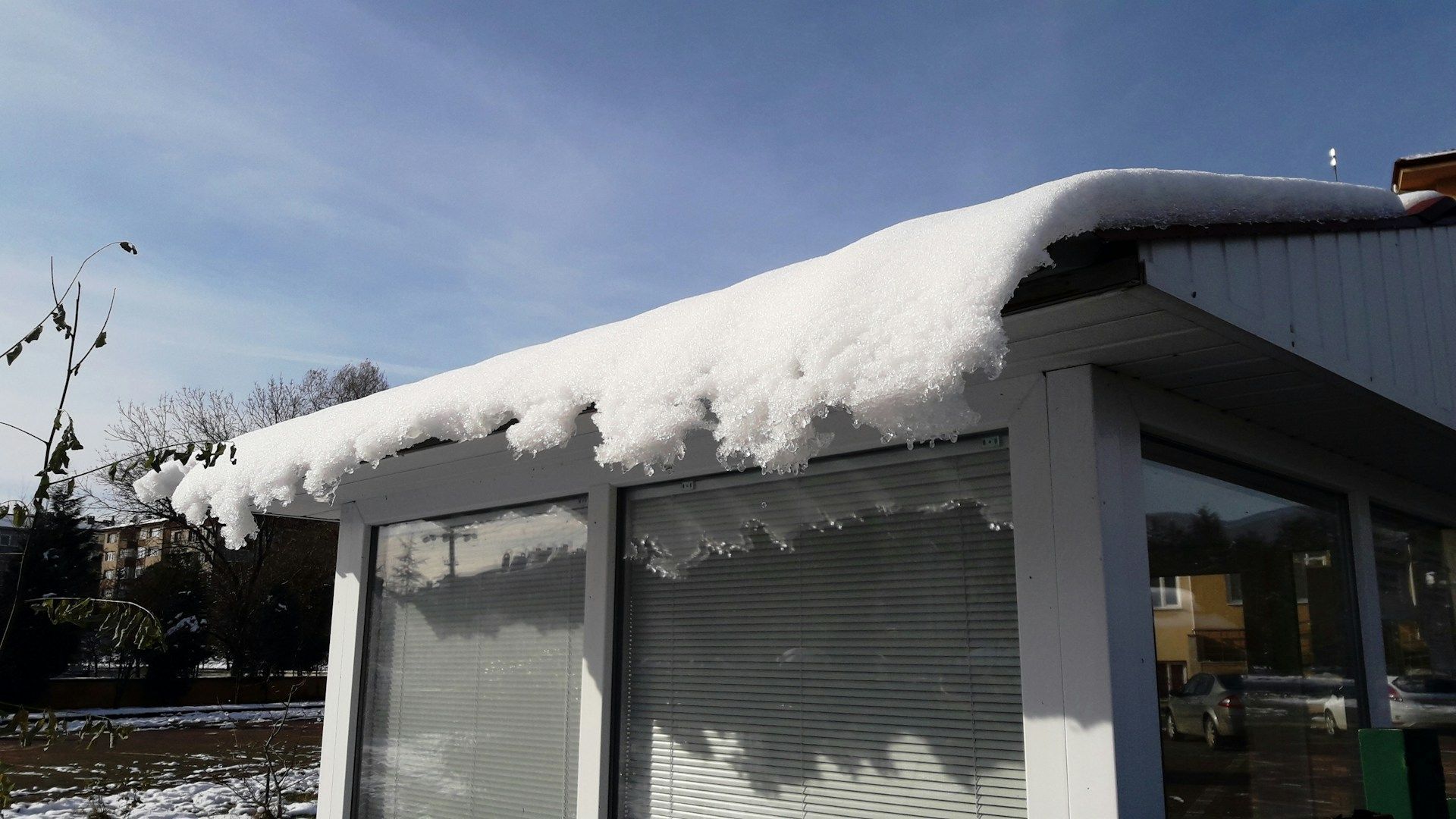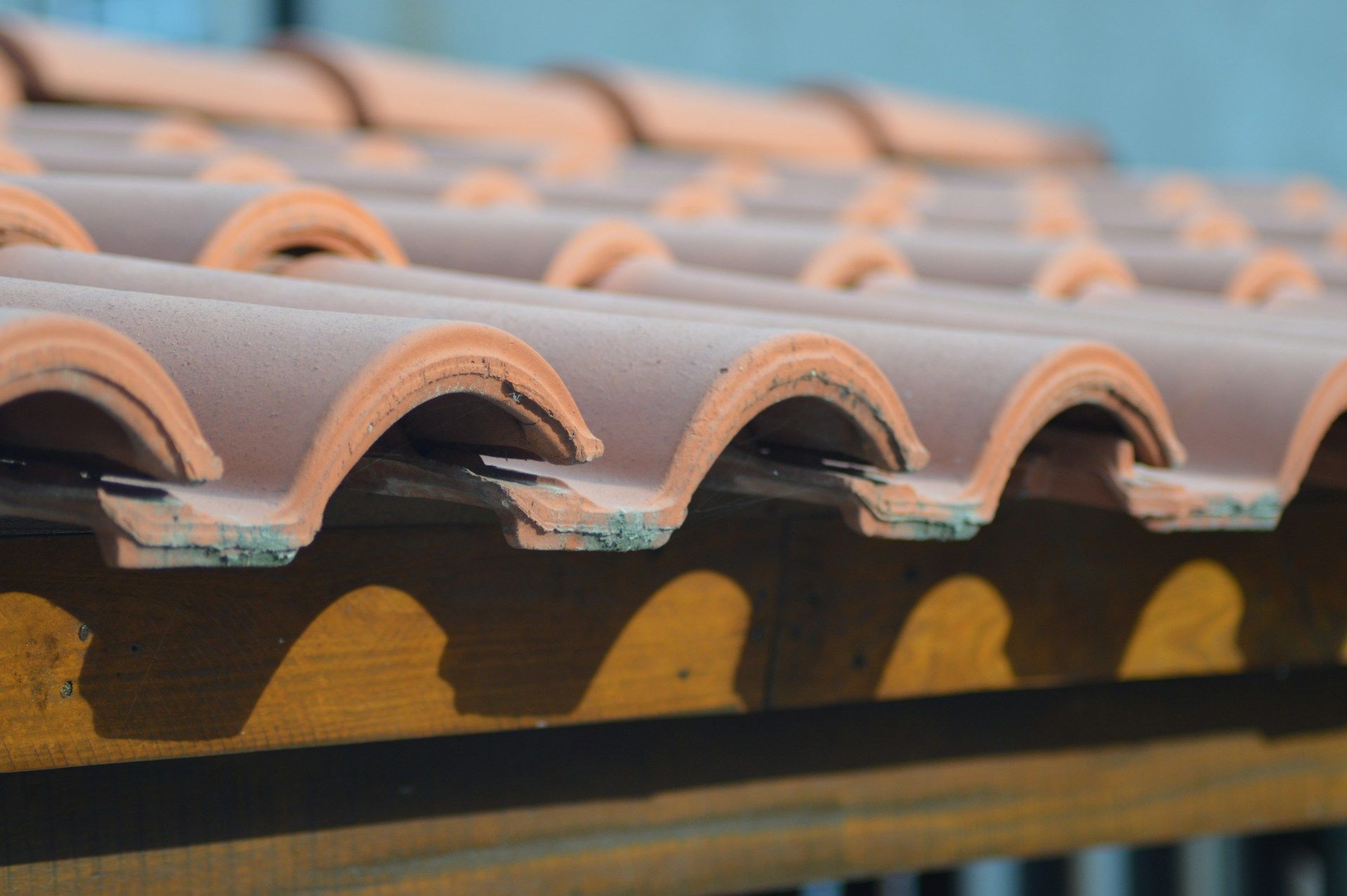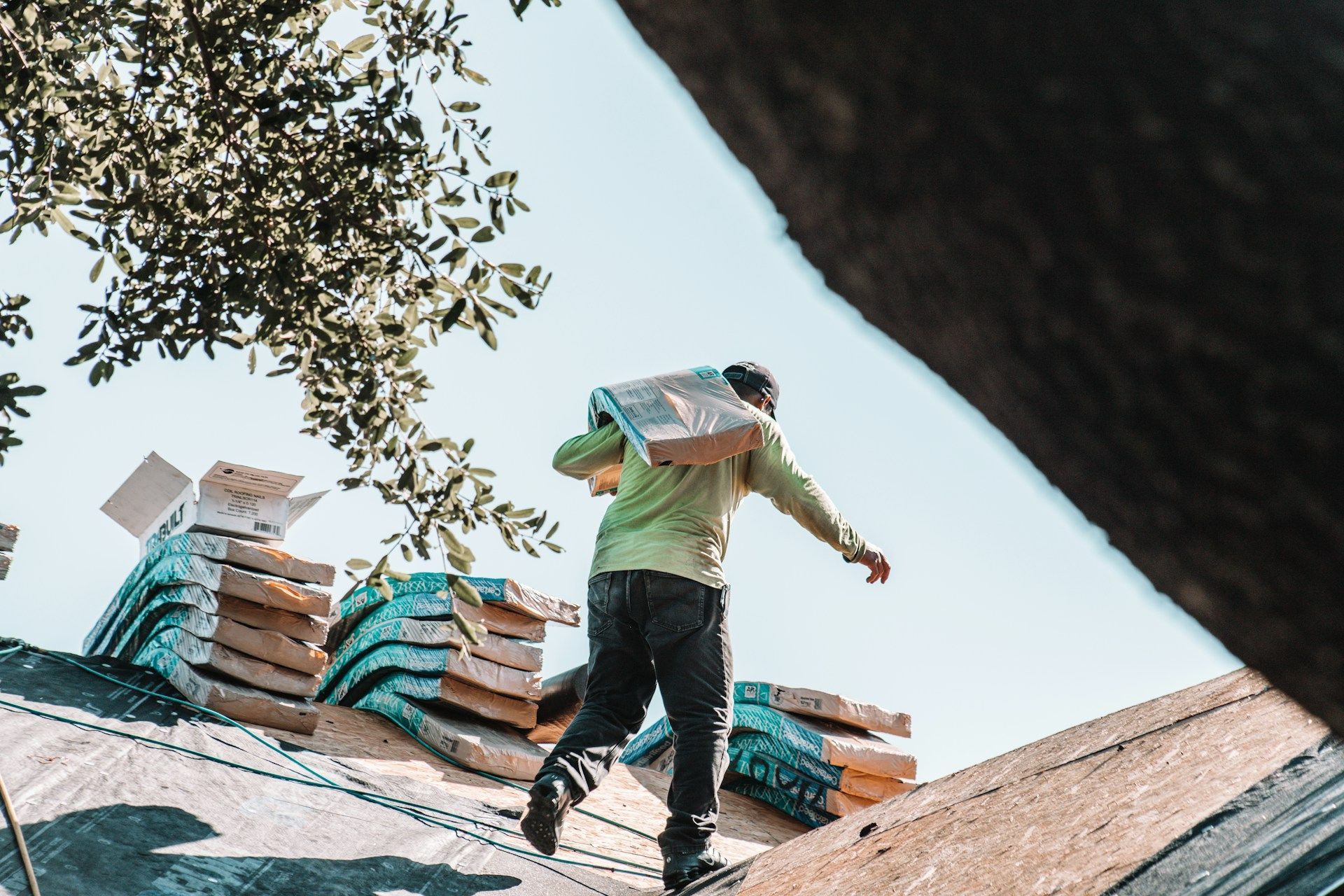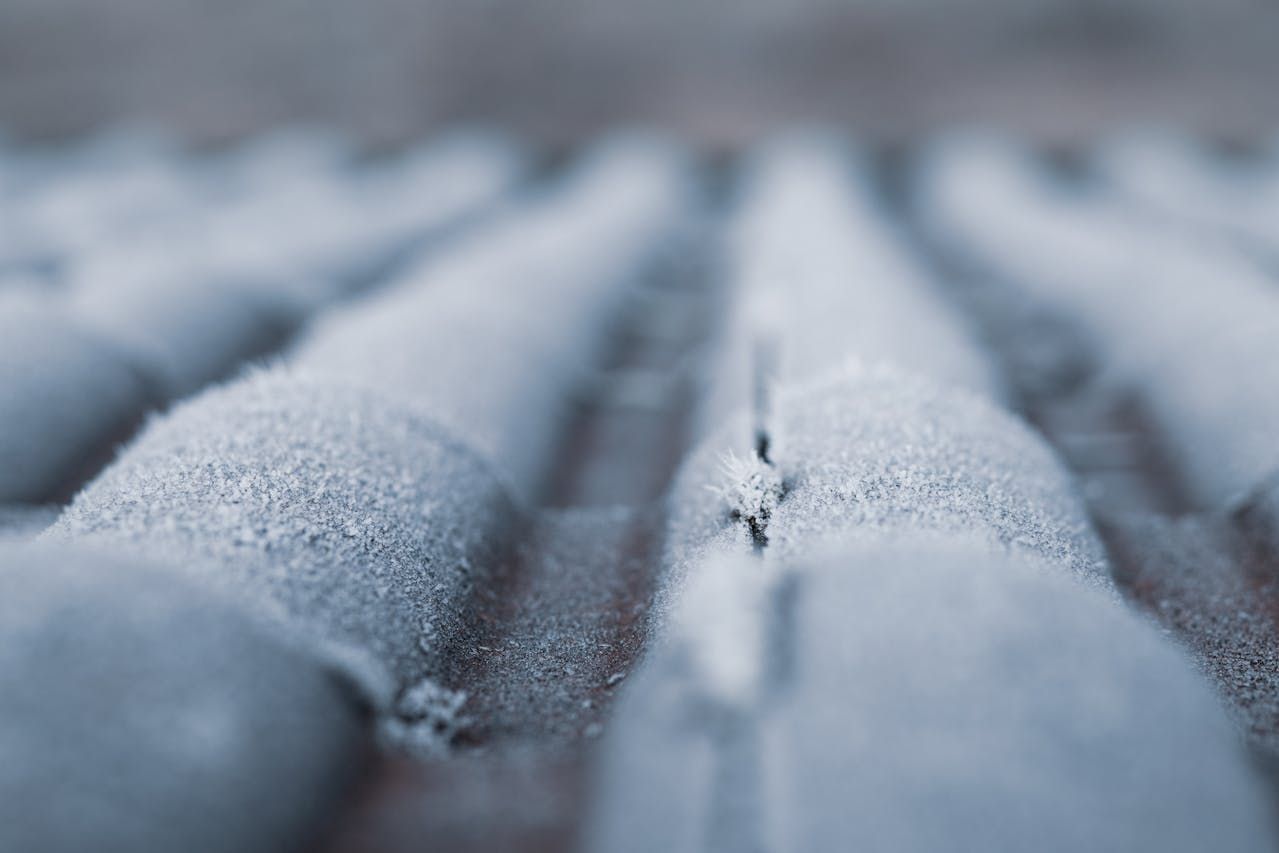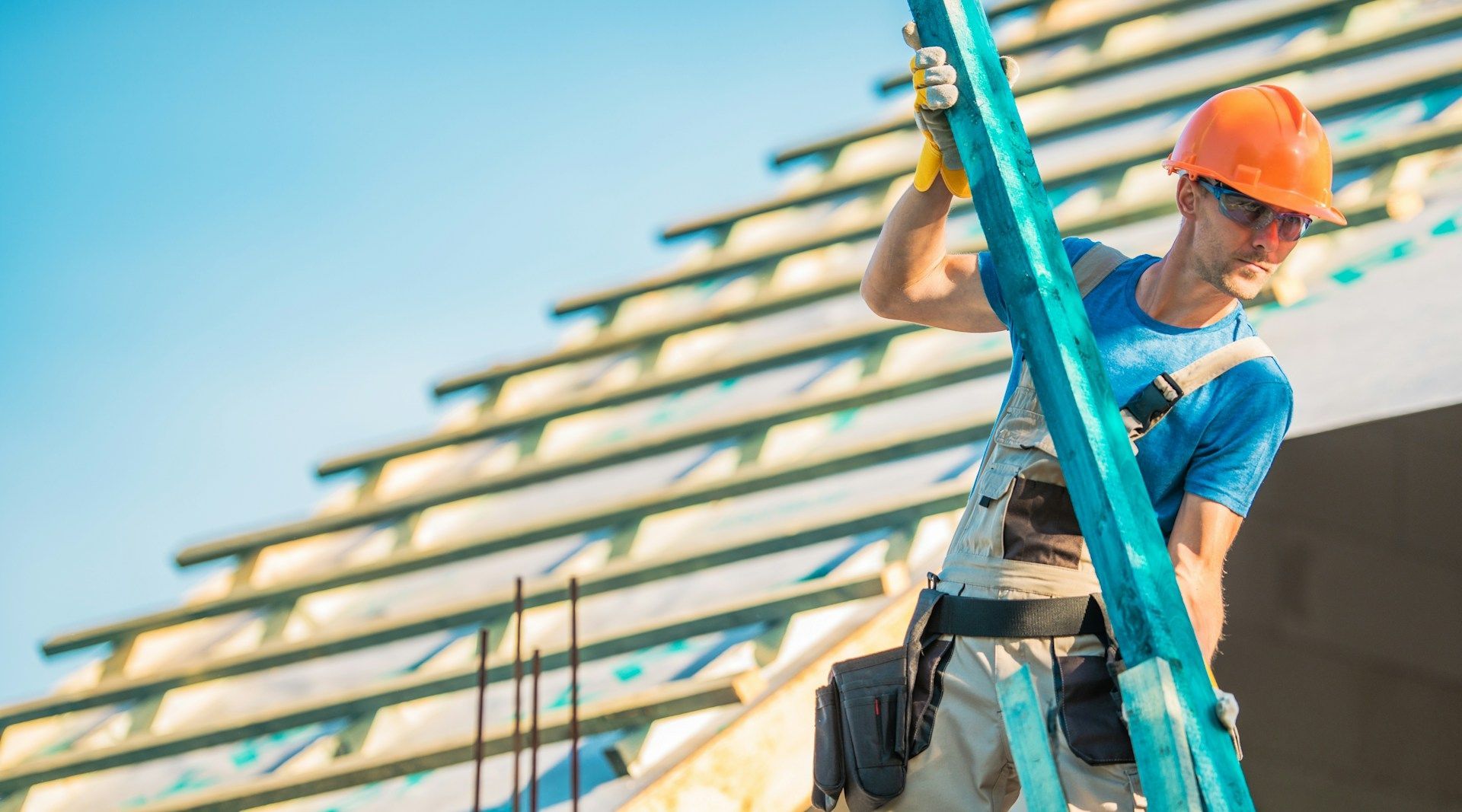The Ultimate Guide to Stormproofing Your Home’s Exterior
Storms can cause significant damage to homes, leading to expensive repairs and stressful situations. It's vital to ensure your home is well-protected to withstand the harsh conditions that storms can bring. By taking proactive steps, you can minimize damage and safeguard your home and family.
Understanding your home's vulnerabilities is essential. Different weather conditions like heavy rains, strong winds, and hail can affect your home in various ways. Knowing where your home is most at risk allows you to make informed decisions about the necessary upgrades and repairs.
Preventive measures can save you time, money, and stress when storms strike. Simple upgrades and regular maintenance can go a long way in keeping your home safe and secure. This article will explore how to assess your home's vulnerabilities, essential upgrades for stormproofing, DIY tips for homeowners, and when to call in the experts for storm damage repairs. By following these guidelines, you'll be better prepared to face any storm that comes your way.
Assessing Your Home's Vulnerabilities to Storm Damage
When preparing your home for storms, the first step is assessing its vulnerabilities. Begin by inspecting the roof. Look for loose or missing shingles, as these can be easily blown away during high winds, leaving your roof exposed. Check the flashing around chimneys and vents to ensure it’s secure and free from rust. A well-maintained roof is the first line of defense against storm damage.
Next, examine doors and windows. Weak seals or cracks can allow water and wind to enter your home. Ensure that all doors and windows close tightly and consider installing storm shutters for added protection. Don’t forget to inspect your gutters and downspouts. They should be clear of debris to allow for proper drainage, preventing water from pooling on your roof or near your foundation, which can lead to serious damage. Assess your home’s siding for any loose panels or cracks, as these are points where wind and water can penetrate.
Essential Upgrades for a Stormproof Exterior
Once you’ve identified vulnerabilities, consider making essential upgrades to stormproof your home. Reinforcing your roof is a good starting point. You can use storm-resistant shingles that are designed to withstand high winds and impact from debris. Adding a waterproof membrane beneath the shingles provides extra protection against water infiltration.
Upgrading doors and windows is another crucial step. Impact-resistant windows and doors are built to withstand strong winds and flying debris. They come with stronger frames and glass to keep your home safe. Storm shutters are another effective addition, providing a barrier that protects windows from breakage. Consider installing a strong garage door, as an entry point for wind that can cause significant structural damage. Finally, reinforce your home’s siding with durable materials that can withstand harsh weather conditions. Fiber cement or vinyl siding are excellent choices for their durability and low maintenance. These upgrades not only protect your home but also provide peace of mind during stormy weather.
DIY Stormproofing Tips for Homeowners
There are several DIY strategies you can employ to make your home more storm-resistant. Start with the roof, as it's one of the most vulnerable parts of your home during a storm. Check for loose or missing shingles and replace them immediately. If your roof is older, consider upgrading to impact-resistant shingles designed to withstand high winds and hail.
Securing windows and doors is essential for stormproofing. Install storm shutters or plywood panels to protect windows from flying debris. Make sure all doors have at least three hinges and a deadbolt lock to fortify them against strong winds. Caulking around windows and doors can also prevent water from seeping in. Additionally, trim any overhanging branches that could break and cause damage during a storm. These steps help mitigate potential damage and keep your home safe.
When to Call in the Experts for Storm Damage Repairs
Even with the best DIY efforts, some situations call for professional help. If your home has sustained significant damage, it's crucial to call in experts for repairs. Structural damage, such as a compromised roof or walls, needs immediate attention from professionals to ensure your home's safety. Look for signs of severe damage like sagging roofs, large cracks, or water damage inside your home.
Hiring professionals can also expedite the repair process and ensure quality workmanship. They have the experience and tools to handle complex repairs that might be beyond your expertise. Moreover, professionals can provide a comprehensive assessment of the damage and recommend the most effective solutions. Don’t hesitate to seek professional assistance to get your home back to its pre-storm condition quickly and efficiently.
Final Thoughts
Ensuring your home is well-protected from storm damage involves a combination of DIY efforts and professional expertise. By assessing vulnerabilities, making essential upgrades, and knowing when to call in the pros, you can keep your home safe and sound during severe weather. Regular maintenance and timely repairs go a long way in minimizing damage and preserving the integrity of your home.
Are you ready to stormproof your home and give it the best protection possible? Contact Region Roofing today to discuss how we can help you with professional storm damage repairs and other
exterior remodeling services. Your home’s safety and longevity are our top priorities.
